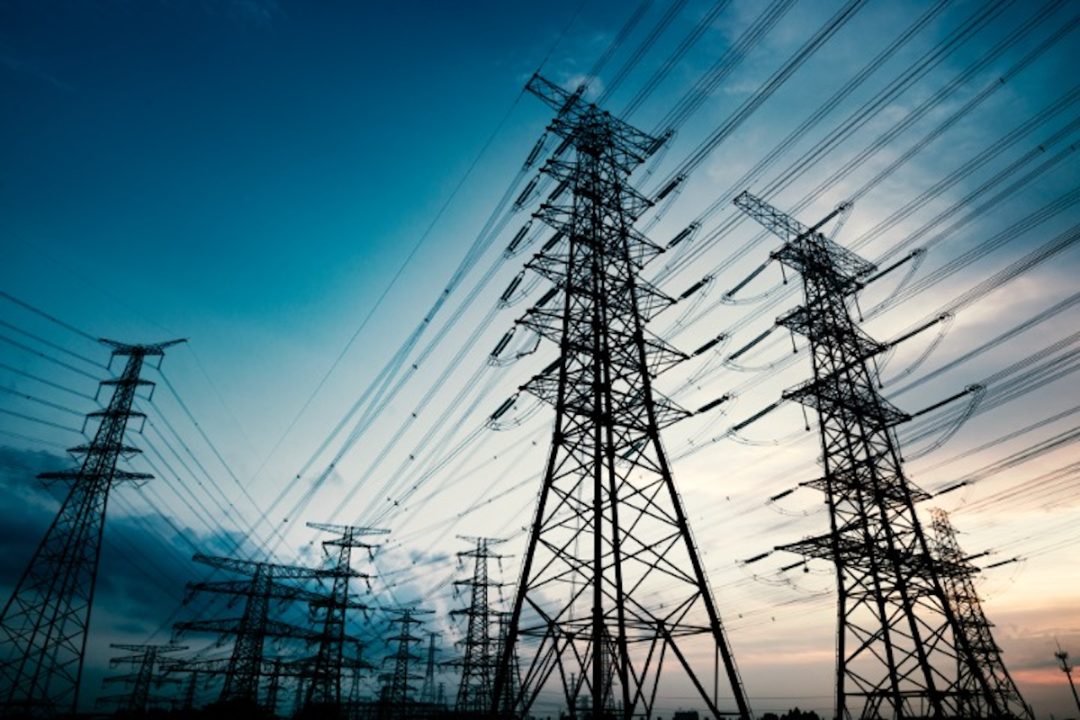
Russia has again hit electrical plants in Ukraine, and this time the facilities are connected to nuclear power plants.
And following the cluster-munitions attack that hit multiple targets, Russian President Vladimir Putin vowed to hit Ukraine with another ballistic missile. Russia hit Dnipro and other targets with an intermediate-range ballistic missile last week.
The brutal sorties are, Putin said, retaliation for Ukraine’s firing long-range missiles into Russia. In mid-November, President Joe Biden gave Ukraine the go-ahead to escalate the war that might eventually end with the United States and Western countries directly fighting Russia.
Thursday’s Air Assault
The International Atomic Energy Agency (IAEA) reported that Russia hit three electrical substations.
“Ukraine’s three operating nuclear power plants (NPPs) reduced their electricity generation this morning following renewed attacks on the country’s energy infrastructure that further endangered nuclear safety during the military conflict,” said agency Director General Rafael Mariano Grossi:
For a second time in less than two weeks, the Khmelnytskyy, Rivne and South Ukraine NPPs lowered their power levels as a precautionary step during widespread military activities in the country, while air raid alarms sounded at the three sites, Director General Grossi said. Two of the IAEA teams deployed in Ukraine were forced to seek shelter.
Those three stations have nine reactors that have “decreased output,” the agency said. The Rivne reaction is “disconnected from the grid. The NPPs continued to receive external electricity, even though the Khmelnytskyy site lost the connection to two of its power lines.”
“Nuclear safety,” the director said, “is at great risk.”
“Russia has targeted Ukraine’s energy infrastructure since the war’s first winter two years ago, in an effort to collapse its grid and make life miserable for its citizens,” The New York Times observed. “The attacks, frequent since the spring, have put added strain on the country, which is already facing a dire situation on the battlefield as its troops slowly but steadily cede ground to Russia.”
Continued the Times:
For a long time, Russia’s attack on the power grid focused on thermal and hydroelectric plants along with their transmission facilities, causing widespread blackouts across the country. Still, Ukraine’s grid did not collapse, mainly because much of its power generation relies on nuclear plants, which had been largely spared from air assaults. …
On Friday, Ukraine continued grappling with the aftermath of Russia’s large attack on its grid the day before. Ukrenergo, the national electricity operator, has introduced intermittent shutdowns nationwide to reduce strain on the system. Some areas, like the southern regions of Kherson and Mykolaiv, have also been mostly cut off from power because of the attacks, local officials said.
The Times reported that “Russia used cluster munitions — weapons that break apart in midair, scattering smaller bomblets over a wide area — to attack the grid.”
Ukrainian dictator Volodymyr Zelensky, CNN reported, said “the onslaught involved about 100 drones and more than 90 missiles”:
This comes after Russia launched a record 188 drones at Ukraine on Tuesday in a mass attack that damaged critical infrastructure in the west of the country, according to the Ukrainian Air Force.
Russia hit electrical facilities last week as well.
Putin Threat
As well, Putin “has threatened to strike Ukraine again with a new nuclear-capable ballistic missile following Moscow’s latest widespread attack on critical energy infrastructure,” CNN reported.
But the Russian leader also “claimed the overnight attacks were a response to strikes on Russian territory using US-made ATACMS [Army Tactical Missile System] missiles,” the network continued:
He also warned he would consider further launches of Russia’s new “Oreshnik” medium-range ballistic missile, first fired at Ukraine’s Dnipro region last week.
“We will respond to the ongoing strikes on Russian territory by Western-made long-range missiles, including the possible continuation of the Oreshnik test in combat conditions,” he said.
CNN noted that Putin praised President-elect Donald Trump as “intelligent and experienced.”
As The New American reported last week, Biden’s authorizing Ukraine to use American long-range missiles, capable of hitting targets 190 miles inside Russia, was a dangerous escalation of U.S. involvement in the conflict.
That decision invited not only yesterday’s attack on the electrical facilities, but also last week’s missile strike on Dnipro and other targets.
“Russia launched a barrage of missiles at Ukraine Thursday in its first major retaliation for Ukraine’s attack earlier in the week on a military facility in the Russian region of Bryansk,” CBS observed last week:
That strike saw the Ukrainians use American-made and supplied long-range missiles known as ATACMS, which President Biden had given the Ukrainian forces permission to fire deeper into Russian territory only two days earlier.
Moscow had warned the U.S. and its NATO allies for months against granting Ukraine permission to fire Western missiles into Russia, and Mr. Biden’s weekend decision to permit such strikes drew stark new warnings from lawmakers and Russian media close to President Vladimir Putin that the U.S. was escalating the nearly three-year conflict at the risk of sparking a new world war.
In March, Putin said that Russia would use nuclear weapons if the West — meaning NATO and the United States — threatened its sovereignty or independence.
Indeed, “the Russian leader has repeatedly talked about his readiness to use nuclear weapons since launching a full-scale invasion of Ukraine on Feb. 24, 2022,” The Associated Press reported:
The most recent such threat came in his state-of-the-nation address last month, when he warned the West that deepening its involvement in the fighting in Ukraine would risk a nuclear war.”




